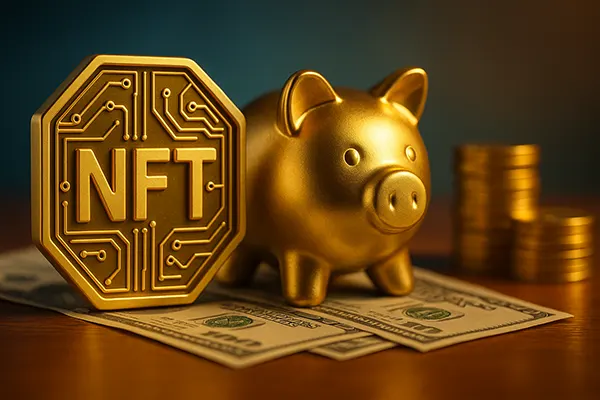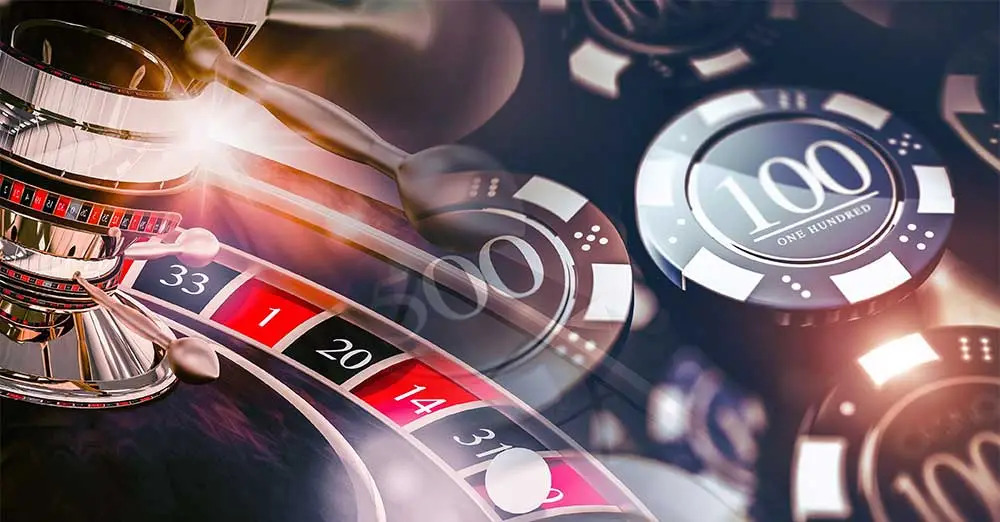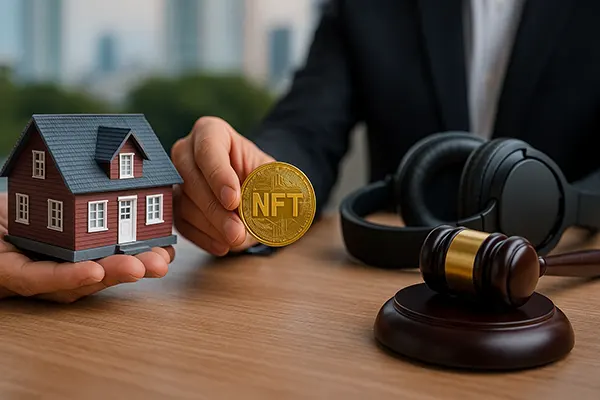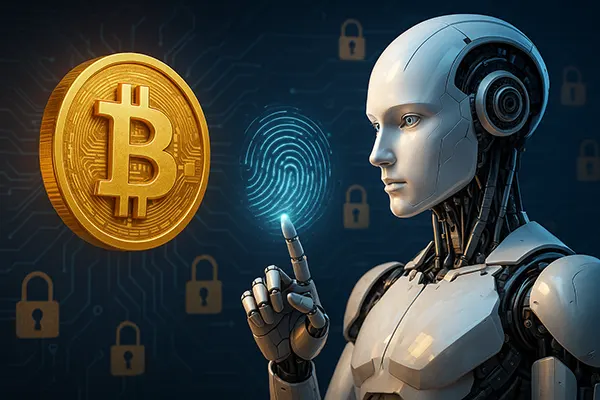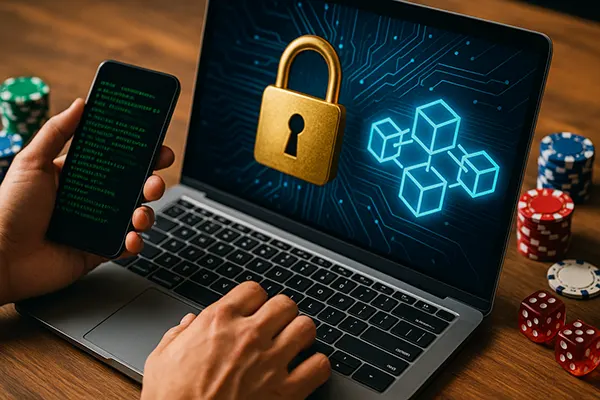
Proof-of-Provably Fair: How to Manually Verify Game Fairness on Blockchain
Blockchain technology has revolutionised the gaming industry by introducing the concept of provably fair games. These games use cryptographic algorithms to ensure fairness and transparency. In this article, we will explore how to manually verify the fairness of blockchain-based games and understand why it is essential for players to perform these checks.
Understanding Provably Fair Gaming
Provably fair gaming is a method of using blockchain technology to guarantee the fairness of online casino games. This concept is increasingly popular as players become more conscious of potential manipulation in traditional online casinos. The core of this system lies in cryptographic algorithms that ensure the outcomes are not tampered with during or after the game.
To verify fairness, provably fair games typically use a combination of a server seed, a client seed, and a cryptographic hash function. The server seed is generated by the casino and is kept hidden before the game begins, while the client seed is provided by the player. After the game ends, the server seed is revealed, allowing players to check if the hash matches the previously displayed hash value.
The hash function plays a critical role in ensuring fairness, as it converts the seed into a fixed-length string, which is virtually impossible to reverse. Any change in the seed would result in a completely different hash, alerting players to potential fraud.
How to Verify Game Fairness Step by Step
Verifying game fairness manually may seem complicated at first, but with a basic understanding of blockchain principles, it becomes manageable. Follow these steps to manually check the fairness of a provably fair game:
1. Obtain the server seed: After the game, the casino will reveal the server seed. Make sure to copy this value accurately.
2. Check the hash: Use a hash calculator to verify that the revealed server seed matches the hash that was shown before the game started. This step is crucial to ensure the seed has not been altered.
3. Generate the game outcome: Using the server seed and client seed, along with the algorithm specified by the game provider, recreate the game result. Compare this result with the one shown during the game. If they match, the game was fair.
The Importance of Manual Verification
While most blockchain casinos claim to be provably fair, it is vital for players to perform manual checks to confirm this. Automated verification methods are available, but they may not always guarantee accuracy due to potential flaws or manipulation. By manually verifying game outcomes, players take control of their gaming experience and reduce the risk of fraud.
In addition to protecting against unfair practices, manual verification fosters transparency and builds trust between the player and the casino. As blockchain technology evolves, learning to manually check game fairness becomes an essential skill for responsible gamblers.
Many blockchain casinos provide user-friendly verification tools, but it is advisable to understand the underlying process to identify any discrepancies. The process may vary slightly between different casinos, but the fundamental principle remains the same.
Common Challenges in Verification
Despite the advantages of provably fair gaming, users may encounter several challenges while performing manual verification. One common issue is the complexity of hash functions and seed manipulation, which may confuse inexperienced players.
Another challenge is the lack of standardisation among blockchain casinos, leading to variations in the verification process. Some platforms may not clearly outline the hashing algorithm used, making it difficult for players to cross-check the outcomes.
Finally, some casinos may use outdated or less secure hashing algorithms, posing potential security risks. It is essential to choose reputable blockchain casinos that prioritise security and fairness, providing clear guidelines on how to verify game outcomes.
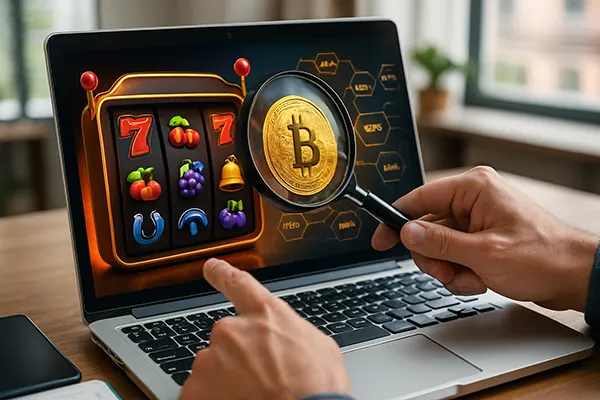
Best Practices for Ensuring Fair Play
To enhance the gaming experience, it is crucial to adopt best practices when verifying game fairness. Start by selecting casinos with transparent and well-documented verification procedures. Avoid platforms that lack clear information about their provably fair algorithms.
Another best practice is to use trusted third-party verification tools when available. These tools simplify the process and help players verify the accuracy of the game results without manually performing every step.
Lastly, stay informed about updates in blockchain gaming technology. As new algorithms and security measures are introduced, understanding their impact on fairness can help maintain a safe and enjoyable gaming environment.
Future of Provably Fair Gaming
The future of provably fair gaming is promising, with new innovations making the process more accessible to players. Blockchain protocols are continuously evolving to enhance transparency and reduce potential vulnerabilities.
Developers are also working on standardising verification methods, which could streamline the process across different gaming platforms. This would make it easier for players to independently verify game fairness without relying on casino-provided tools.
In the coming years, we can expect provably fair gaming to become a standard in the online gambling industry, driven by the demand for trust and transparency among players worldwide.


